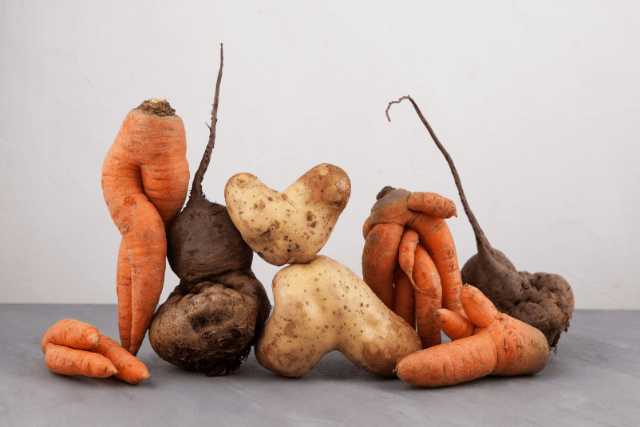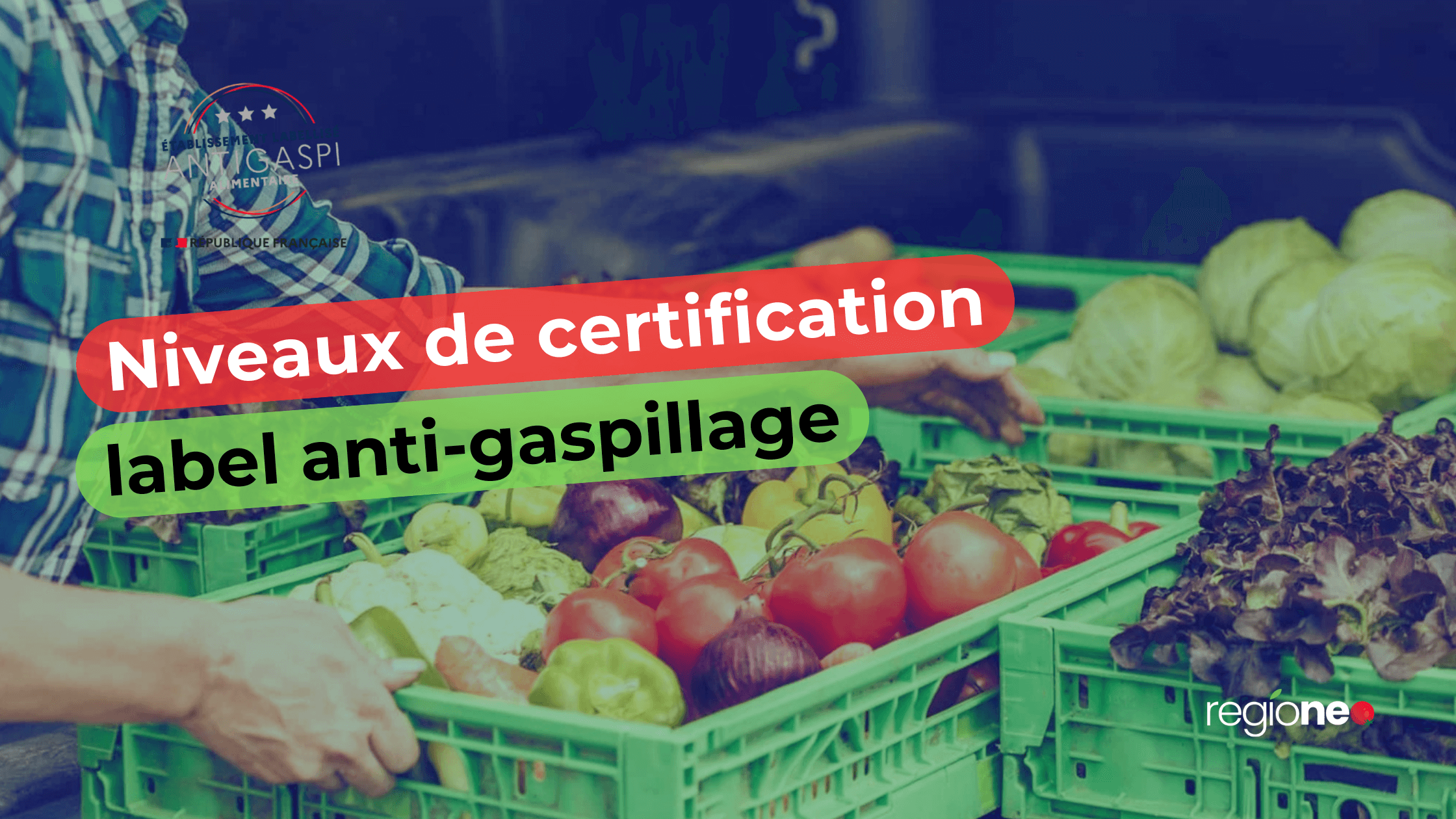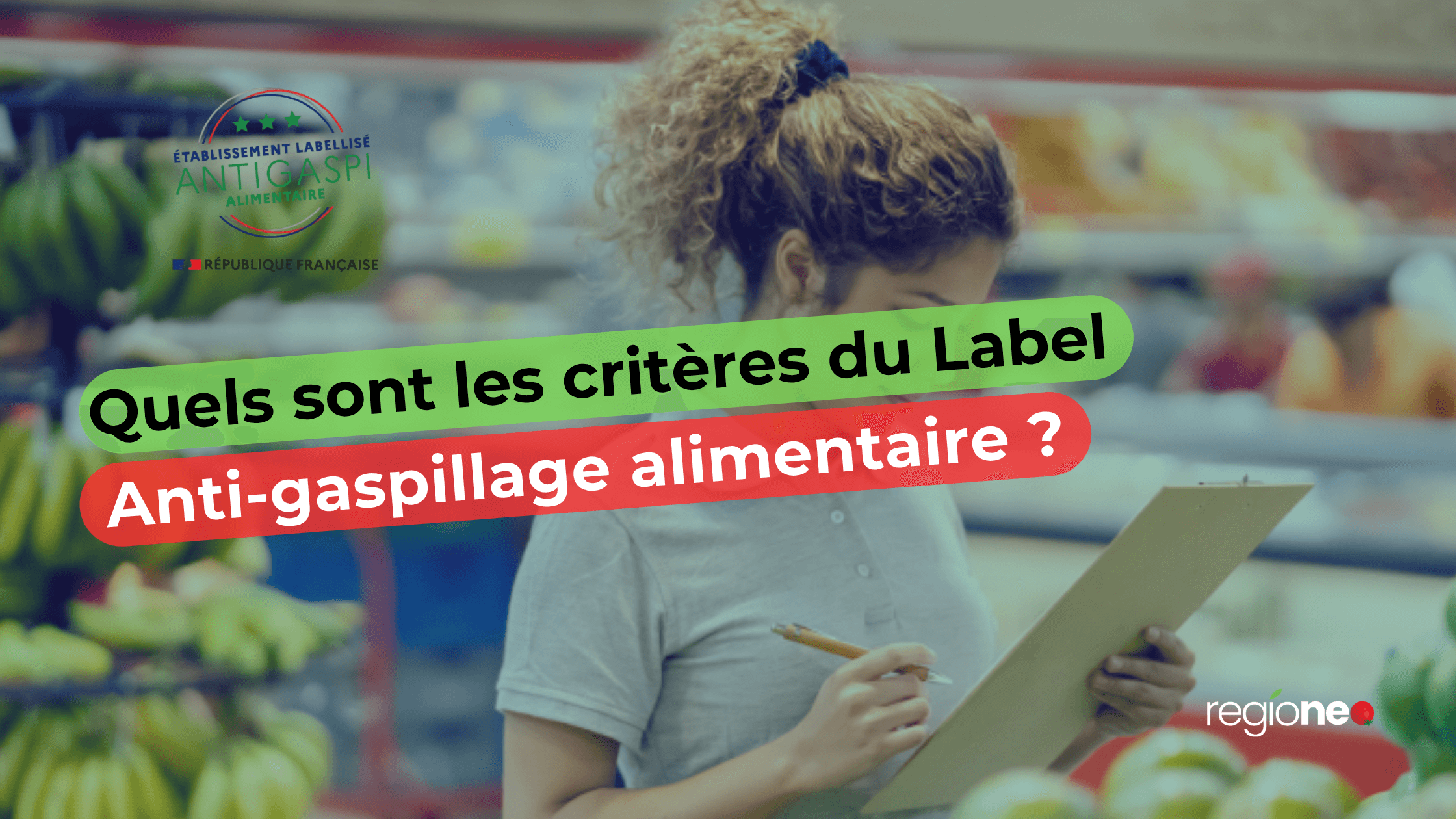For decades, fruit and vegetables have been selected to meet strict appearance criteria: uniform colour, standardised size, perfect shape. Yet a significant proportion of the harvest is discarded simply because it “doesn't look good”, despite its impeccable taste and nutritional quality. Today, these ugly fruit and vegetables are gaining in visibility and popularity, driven by a growing ecological and economic awareness. Here's a look at an ever-evolving trend.
History and evolution of the trend
It was in 2014 that the general public really discovered the subject with Intermarché's “ugly fruit and vegetables” campaign. The message is clear: these products, rejected by conventional channels because of their appearance, can nevertheless be eaten without any problem.
Since then, other chains such as Auchan, Leclerc and Carrefour have followed suit, and initiatives such as Les Gueules Cassées have been created, enabling producers to recycle their harvests that are deemed to be non-compliant. This revaluation has also been encouraged by growing demand from consumers committed to combating food waste.
What happens to ugly fruit and vegetables?
While some of them are now finding their way onto shelves, the majority are still excluded from the market. food circuit. According to ADEME (Agence De l'Environnement Et de la Maîtrise de l'Énergie), between 30 and 40 % of fruit and vegetables are discarded before they even reach the market.
What happens to them? Some are transformed into soups, compotes, purées or smoothies. Others are fed into animal feed or composted. Start-ups such as Bene Bono and Phenix also offer anti-waste baskets based on these products, delivered directly to consumers, just like those available from Regioneo.
Persistent obstacles
Despite this positive momentum, a number of obstacles remain. Consumption habits remain tenacious: many buyers associate appearance with quality. Irregular or stained fruit may seem less good, when in fact it is simply “out of the ordinary”.
On the distributor side, irregular volumes and the difficulty of integrating them into supply chains sometimes slow down large-scale deployment. Finally, European standards on calibration, which are still in force for certain categories, are not helping to fluidify supply.
Benefits for all
Accepting ugly fruit and vegetables is first and foremost a way of combating massive wastage. It also represents an economic opportunity for growers, who can sell more of their harvest, and for consumers, who benefit from more attractive prices (sometimes 20 to 30 % cheaper than their “aesthetic” equivalents).
From an environmental point of view, this approach also reduces the amount of waste produced.’carbon footprint of agricultural production, by optimising the use of resources (water, fertilisers, energy). So by buying a basket of seasonal fruit and vegetables, you're doing your bit for the planet.
To find out more about the benefits for consumers, discover our 4 good reasons to buy ugly fruit and vegetables. A smart choice that combines savings, healthy eating, support for local producers and the fight against food waste.
Current trends and outlook
From 2025, the European Union plans to relax certain sizing standards, particularly in the context of short distribution channels. This reform could speed up the integration of ugly fruit and vegetables into the mainstream diet.
At the same time, anti-waste applications and platforms such as Too Good To Go, or the anti-gaspi e-commerce applications like Regioneo, continue to gain ground. More and more players, from producers to local authorities, are getting to grips with the issue and proposing practical solutions.
The trend is clear: aesthetics are no longer an absolute criterion, and quality is being redefined in terms of taste, origin and ecological impact. In the long term, ugly fruit and vegetables could well become... quite simply normal, and even more visible from players like Regioneo, which promotes local produce in all its forms.









